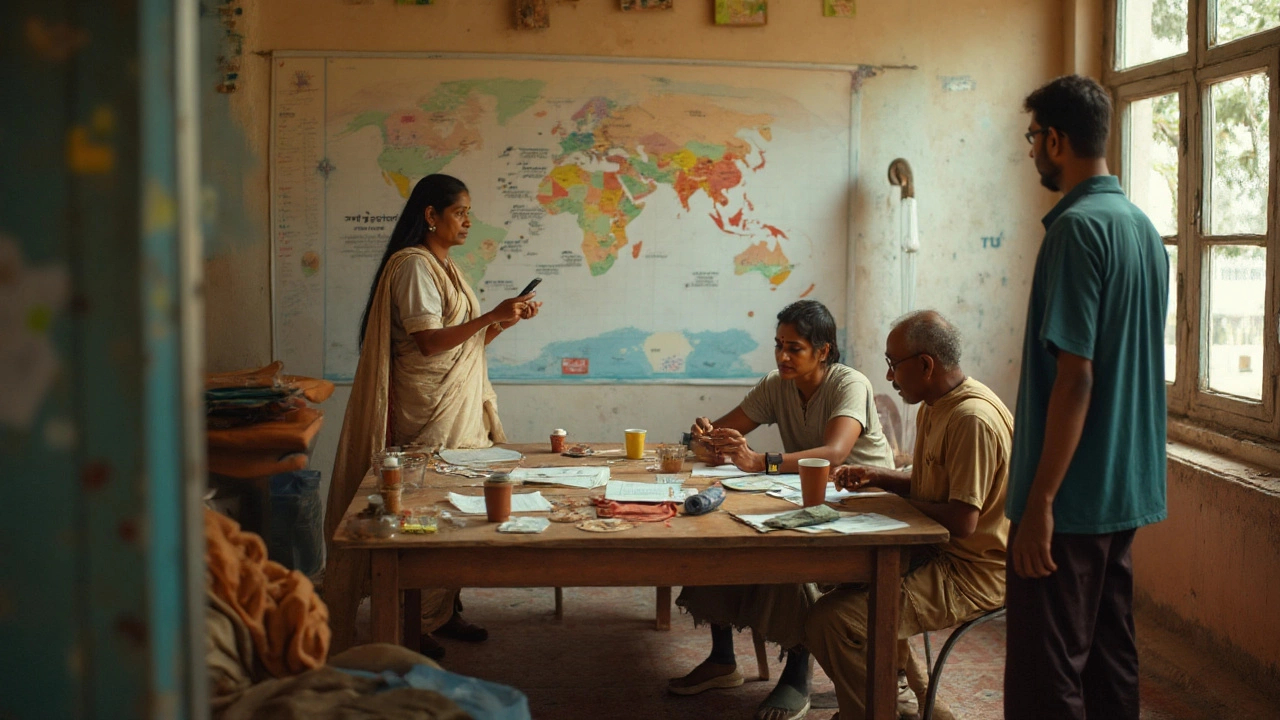Stakeholder Engagement for Charitable Projects
If you run a charity, you already know success depends on more than money. It hinges on the people who care about your cause—donors, volunteers, local leaders, beneficiaries, and even government bodies. That mix is what we call stakeholders. Engaging them well can turn a small idea into lasting change.
Who Are Your Stakeholders?
Start by listing anyone who has a stake in your work. Think of donors who fund you, volunteers who give time, local residents who benefit, officials who grant permits, and partners who share resources. You don’t need a fancy matrix; a simple spreadsheet with columns for name, role, interest, and influence works fine. When you see the list, patterns emerge—some groups need regular updates, others want hands‑on involvement.
Map Influence and Interest
Next, sort each stakeholder by how much influence they have (high, medium, low) and how interested they are in your mission. High‑influence, high‑interest folks—like a major donor or a local council member—should get personal outreach and invitations to events. Low‑influence, high‑interest people—perhaps community volunteers—can stay informed through newsletters and group chats. This mapping helps you spend time where it matters most.
Now, talk to them. Use plain language, not jargon. Ask what they expect from your organization and how they’d like to be involved. Listening early builds trust and shows you value their input, not just their money.
When you have a clear picture, set up a communication plan. Choose the right channel for each group: email updates for donors, WhatsApp groups for volunteers, town‑hall meetings for local residents, and brief reports for officials. Keep messages short, highlight real results, and always include a call‑to‑action—whether it’s a request for feedback, a volunteer shift, or a share on social media.
Involve stakeholders in decision‑making whenever possible. Invite a few community members to co‑design a new program, or ask a donor to review a project budget. This participation turns passive supporters into active partners and often uncovers ideas you’d never think of on your own.
Don’t forget to close the loop. After an event or a campaign, send a quick thank‑you note that outlines what happened, what was achieved, and what’s next. Highlight specific contributions—like “Your $200 helped plant 100 trees.” Seeing tangible impact keeps people engaged long term.
Finally, track what works. Keep a simple log of outreach activities, responses, and outcomes. If a monthly newsletter gets low open rates, try a shorter format or a different subject line. If a community meeting sparks new volunteers, note the topics that resonated. Small tweaks add up to stronger relationships.
Stakeholder engagement isn’t a one‑off task; it’s an ongoing habit. By identifying who matters, mapping their influence, communicating clearly, involving them in decisions, and showing results, you turn each stakeholder into a champion for your cause.
Roles and Responsibilities of Community Outreach: Key Duties, Skills, and Examples
Clear, practical guide to community outreach roles. Learn duties, skills, planning steps, metrics, examples, checklists, and FAQs to run effective programs.
Read More